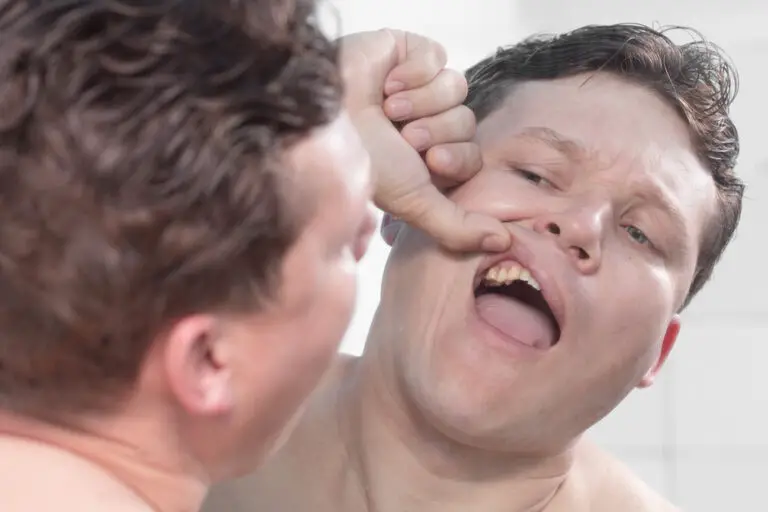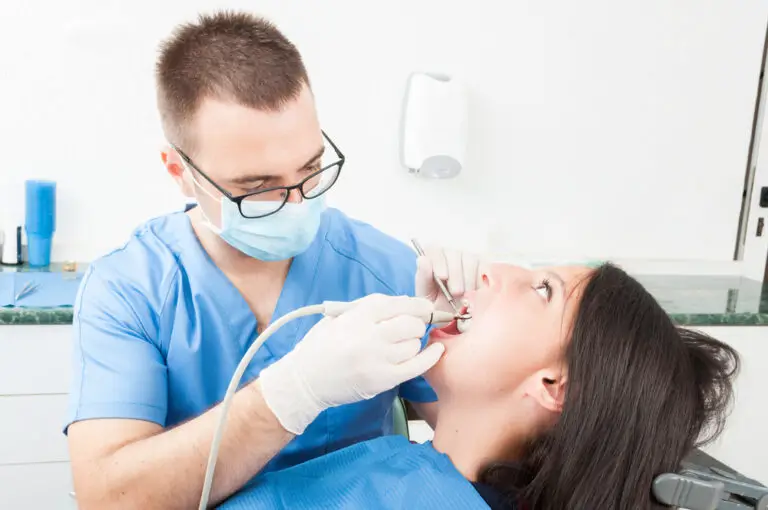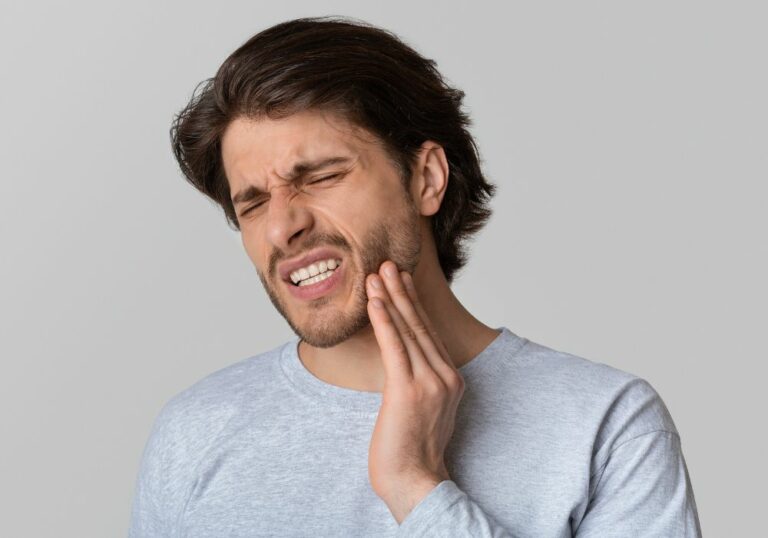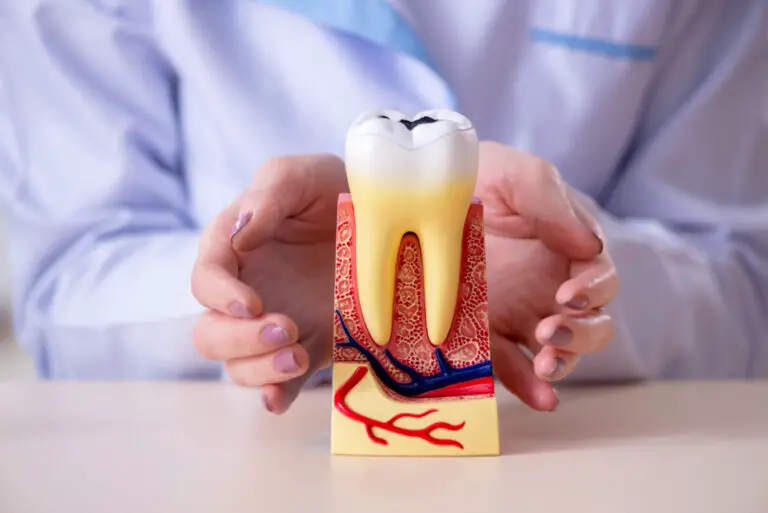Having yellow, discolored teeth can be embarrassing and make you reluctant to smile freely. Many factors can cause tooth stains that digging into your enamel over time, ranging from lifestyle habits to medical conditions. If you have severe, stubborn tooth discoloration, you may wonder – can you fix badly stained teeth?
The good news is that today’s advanced whitening techniques can remove years of accumulated stains, even seriously neglected cases with intrinsic discoloration. However, the deeper and more embedded the stains, the more intensive the whitening treatment required. Mild surface stains may respond to over-the-counter products, while medium to heavy stains need professional procedures.
What causes teeth to become stained?
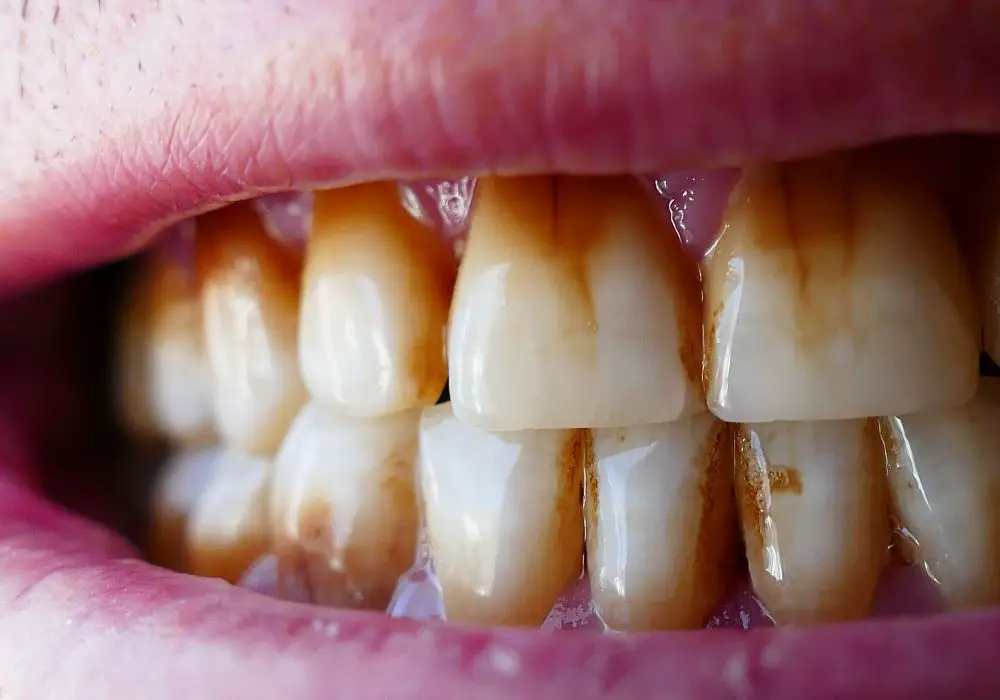
There are many potential causes of tooth discoloration that can lead to badly stained teeth over time. The most common reasons for tooth staining include:
Consumption of staining foods and drinks
Certain foods and beverages can cause both deep and surface stains on your teeth. Some of the top offenders include:
- Coffee
- Tea
- Red wine
- Colas
- Berries
- Tomato sauce
- Soy sauce
- Curries
- Hard candies
The dark pigments in these foods and drinks can permeate the pores and grooves of your tooth enamel and cause discoloration over time with repeated consumption. The longer you allow the staining compounds to linger on your teeth before brushing, the worse the stains can become.
Tobacco use
Tobacco products, like cigarettes and chewing tobacco, contain tar and nicotine that can cause stubborn yellow-brown stains on your teeth. The tar clings to the teeth and seeps into all the nooks and crannies. Smokers are at a high risk for significant tooth discoloration.
Poor oral hygiene
Failing to regularly brush, floss and have professional cleanings allows stains to build up and embed in your enamel. Inadequate oral hygiene leads to plaque buildup, which can also cause your teeth to appear yellow.
Genetics
Some people are just prone to tooth discoloration due to the thickness and smoothness of their enamel. Thinner enamel allows more of the inner yellowish dentin to show through. Enamel that is rougher also stains easier than smooth, glassy enamel.
Medications
Certain prescription drugs can lead to tooth discoloration as a side effect. The most common culprits are tetracyclines (antibiotics), antihistamines, high blood pressure medications and antipsychotics. Children under the age of 8 are most susceptible to medication-induced staining.
Fluorosis
Getting too much fluoride during the formative years of tooth development can cause fluorosis. This results in white specks or streaks on the teeth. In severe cases, the teeth may turn dark brown.
Trauma/injury
Injuries that result in nerve damage inside the tooth can cause the inner pulp tissue to die and the tooth to darken over time. The discoloration may progress gradually or happen rapidly.
Aging
As you age, the outer enamel layer of your teeth naturally starts to wear thin. This allows the yellowish dentin underneath to become more visible and give teeth a darker, yellower shade. Teeth also accumulate more stains over time.
How bad do stains have to be to warrant professional whitening treatments?
Mild stains can often be improved enough through good oral hygiene practices like brushing, flossing, tongue scraping and using whitening toothpaste. However, once stains become moderate, severe or very stubborn, professional whitening treatments become necessary to successfully remove discoloration. Here are some general guidelines:
- Mild stains: Only slightly darker than your natural tooth color. Respond well to over-the-counter whitening products.
- Moderate stains: Noticeably darker with visible discoloration. May require supervised at-home whitening kits.
- Severe stains: Significantly darker color than surrounding teeth. Require in-office power whitening treatments.
- Very stubborn stains: Deeply embedded, intrinsic discoloration resistant to other methods. May need intensive in-office treatments or porcelain veneers/dental bonding.
If you are dissatisfied with the color of your teeth, consult your dentist. They can assess the extent of staining and recommend appropriate whitening treatments based on the cause and severity. Don’t try to self-diagnose badly stained teeth. Get a professional opinion.
What are the options for whitening very stained teeth?
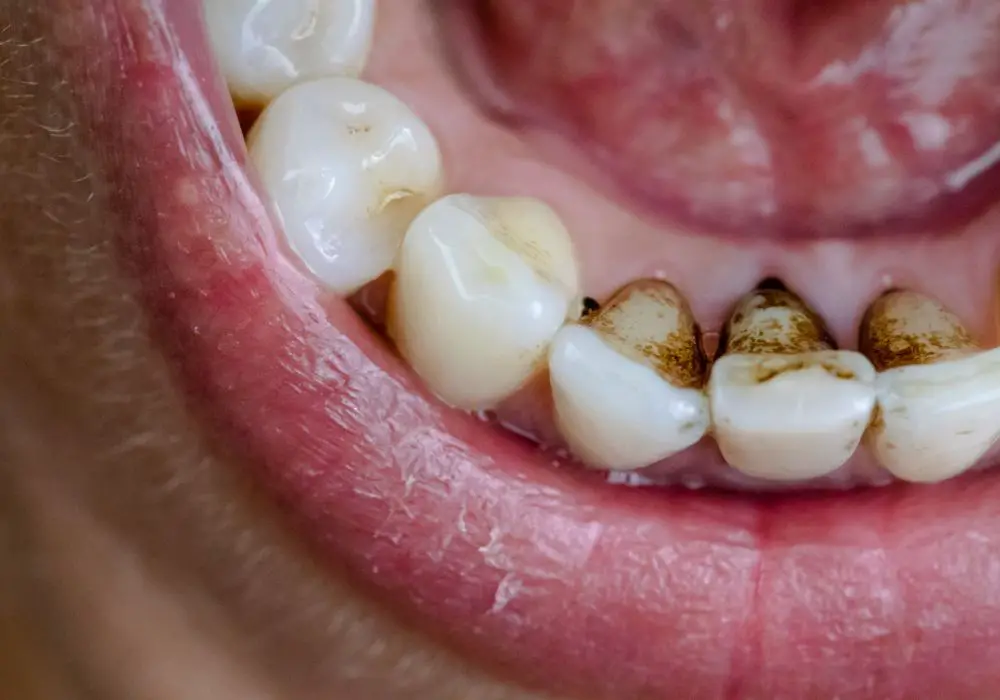
Several whitening options exist for removing tough, set-in stains from your teeth. A dentist will evaluate your individual case and advise the best protocol based on the type of stains present. Common professional whitening techniques include:
In-office power whitening
Power whitening or laser whitening performed right in the dental office by a professional can yield dramatic results in just one visit. A concentrated peroxide-based gel is applied to the teeth after gums are protected. Then the teeth are exposed to light or heat to accelerate and enhance the whitening action. Multiple applications may be done within a single appointment. This works well for moderate or severe intrinsic stains.
Take-home customized trays
Your dentist takes impressions of your teeth and has dental laboratory fabricate custom-fitted whitening trays for you. You’re given whitening gel with lower peroxide concentrations to place in the trays and wear for extended periods at home. For convenience, use the trays overnight while sleeping. This method works better on milder extrinsic stains. May require multiple weeks of use.
Whitening toothpastes
Over-the-counter whitening toothpastes contain mild abrasives and chemical polishing agents to help buff away surface stains with regular brushing. Best for managing mild extrinsic stains. Results take weeks and are less dramatic.
Other in-office procedures
For individual teeth with stubborn spots of intrinsic discoloration not responding to other methods, veneers or dental bonding can mask the stains with porcelain or composite resin coverings adhered to teeth.
Can stains come back after whitening treatments?
Yes, it is possible for some stains to gradually return after you undergo teeth whitening procedures. However, there are steps you can take to help maintain your bright, white smile.
- Avoid or limit staining foods and drinks after whitening. Beverages like coffee, tea and wine are big culprits for renewed staining.
- Use take-home whitening touch-up gels periodically as directed. Doing occasional follow-up treatments helps sustain results.
- Brush and floss diligently each day. Good oral hygiene prevents buildup of new stains.
- Have professional cleanings on schedule. Regular dental cleanings remove plaque and surface stains before they become more embedded.
- Quit tobacco habits. Smoking and chewing tobacco will quickly undo your investment in whitening. The tar re-stains teeth.
- Get minor touch-ups or re-whitening annually. Many patients get teeth cleaned and whitened once a year right before a special occasion.
- Protect teeth. Wear a mouthguard if playing sports and nightguard if you grind teeth to prevent new trauma stains.
With proper oral care and moderate lifestyle adjustments, you can keep teeth whiter longer after undergoing intensive whitening regimens to remove deep-set intrinsic stains.
Does insurance cover professional whitening treatments?
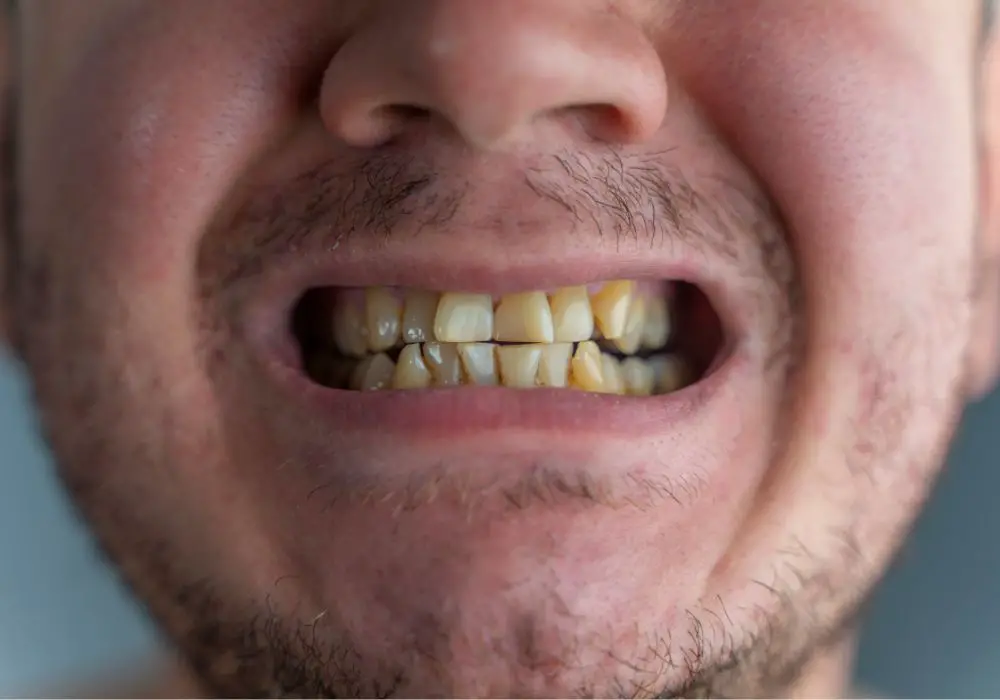
Unfortunately, most standard dental insurance plans do not cover the cost of teeth whitening treatments. Insurance typically only covers dental procedures deemed medically necessary, and whitening is still considered a cosmetic procedure.
There are a few potential exceptions where insurance could provide partial coverage:
- If staining was caused by tooth trauma or developmental defects.
- If whitening is medically needed prior to having other dental work like veneers or crowns placed.
- If you have a separate supplemental dental policy that helps pay for cosmetic dentistry.
- If the whitening is being performed to correct tetracycline staining or fluorosis from a young age.
Otherwise, you will likely need to pay the full out-of-pocket costs for professional whitening treatments to remove intrinsic stains. In-office power whitening can range from $500-$1,000 per visit. Custom take-home trays and whitening kits may cost $300-$800.
Talk to your dental insurance provider and dentist’s office to check if any portion of your desired whitening treatment could potentially be reimbursed before proceeding. But for the most part, achieving a brighter smile will require personal expenditure.
Frequently Asked Questions
How long do professional whitening results last?
With proper maintenance and avoidance of staining habits, professional whitening results can last from 1-3 years on average. However, some patients experience fading in as little as 6 months while others may go 5 years or longer before needing to whiten again. The longevity depends on your habits, genetics, and types of stains treated.
Is whitening safe for teeth?
When performed properly under a dentist’s supervision, teeth whitening is generally safe for your tooth enamel. At-home kits use lower peroxide concentrations to minimize risk ofsensitivity or damage. In-office treatments involve stronger whitening agents but the process is carefully monitored.
Will whitening work if my stains are caused by medication?
Medication-induced tooth staining can be tricky to remove. Teeth whitening can help improve the appearance but full removal of deep intrinsic medication stains may not be possible in all cases. Talk to your dentist about realistic expectations.
Can I whiten dental work like crowns or veneers?
Porcelain dental work like crowns, veneers or bonding won’t change color with whitening treatments. You’d need to have those replaced to achieve shade matching with newly whitened natural teeth. Only your natural tooth structure whitens.
Is charcoal toothpaste effective for stain removal?
While charcoal has some absorbent qualities, there’s no evidence showing activated charcoal toothpaste significantly lightens teeth better than regular whitening toothpastes. But it can be abrasive if used too aggressively. Best to avoid charcoal if you have sensitive teeth or dental work.


